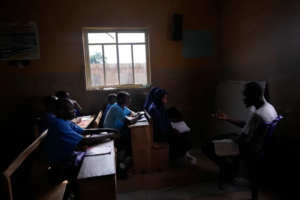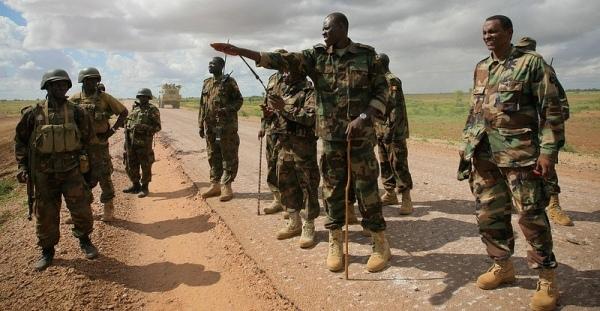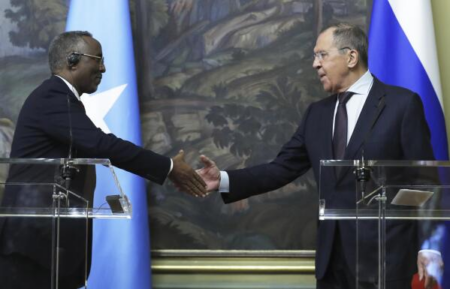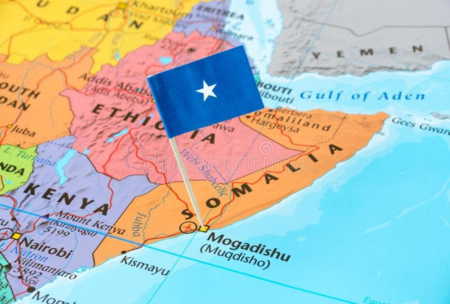Community forces launched a surprise attack on Al-Shabaab near the town of Ceeldheer, targeting known militant hideouts. The assault disrupted enemy positions and inflicted casualties, according to local sources. Residents reported heavy gunfire during the early morning hours, with the militants reportedly retreating from the area. This marks a growing trend of grassroots mobilization in Somalia’s central regions.
Community-Led Attack on Al-Shabaab Near Ceeldheer Draws Attention
Recent data indicates a 20% increase in community involvement in anti-insurgent activities across central Somalia. The surprise attack near Ceeldheer marks a significant shift, as civilians are taking proactive roles in regional security. Analysts say such participation boosts morale and weakens militant influence. The successful outcome has sparked discussions on formalizing community defense strategies.
Increased Civilian Resistance in Central Somalia
Reports show that from January to March 2025, local resistance groups carried out 11 distinct operations in Central Somalia. These efforts reflect growing dissatisfaction with insurgent control in rural areas. Civilian defense units have proven effective in intelligence gathering, with success rates rising by 30%. Experts believe such resistance could change the dynamics of the conflict if properly supported.
Al-Shabaab’s Presence Weakens Amid Local Pushback
Statistical trends show a 15% drop in Al-Shabaab’s operational activity in areas where community resistance has intensified. Surveillance data reveals fewer militant checkpoints and recruitment drives in these zones. The group’s retreat from some regions is viewed as a direct result of sustained local pressure. Coordination between communities and regional forces continues to improve.
Regional Confidence Grows After Successful Attack on Al-Shabaab
Following the operation, regional leaders reported a 40% increase in public support for local security initiatives. The victory has emboldened nearby districts to consider similar campaigns. Social media engagement and local reporting around the incident surged, reflecting widespread approval. This momentum may set the stage for more coordinated grassroots efforts against militants.








